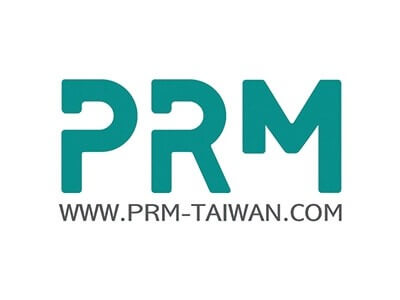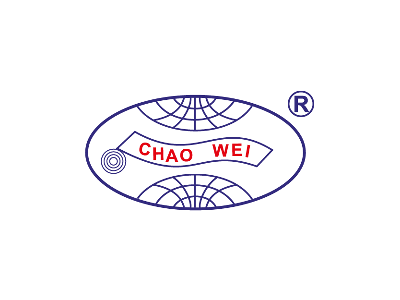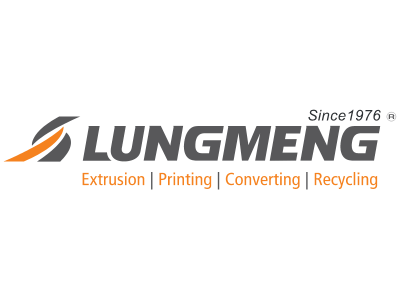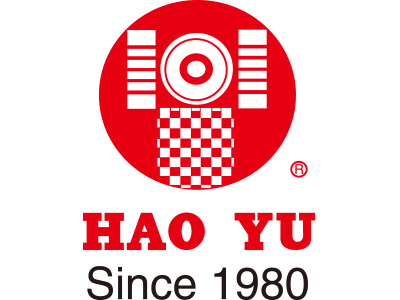The Challenge of Transition for Chinese Manufacturing: Can Brand Building Catch Up with Global Supply Chain Realignment?
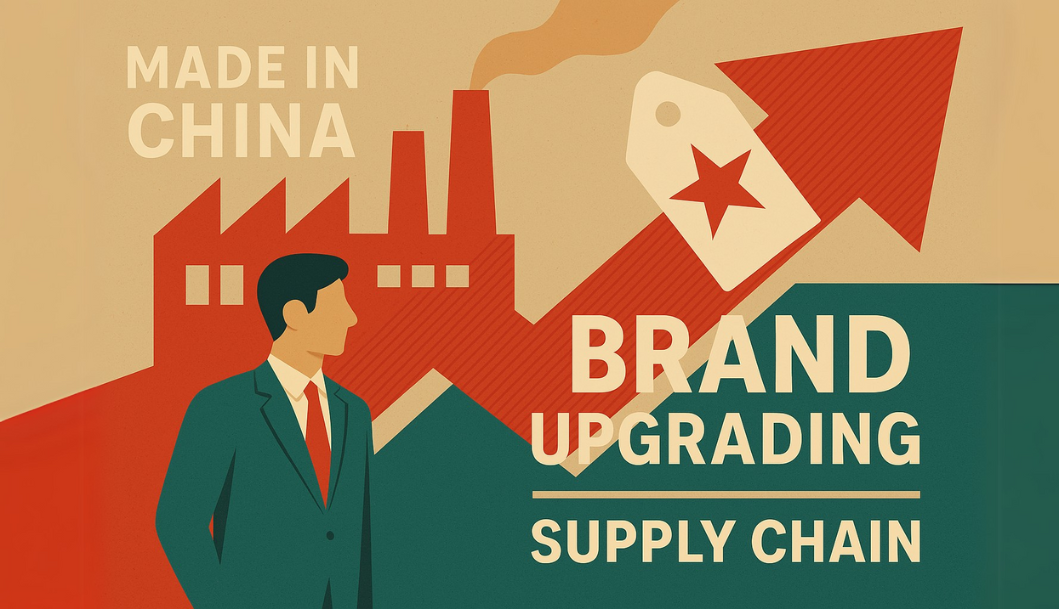
In the post-pandemic era, marked by geopolitical tensions and high inflation, the global supply chain is undergoing accelerated restructuring. From the U.S.-China trade friction and the outbreak of the Russia-Ukraine war to persistent bottlenecks across supply routes, these global events have prompted enterprises and governments to reassess globalization strategies. The once-dominant "efficiency-first" model is giving way to a new mindset centered on resilience, diversification, and regionalization. For the plastics and rubber machinery industry, this shift not only redistributes market opportunities but also demands a redefinition of roles within the industrial value chain.
China has long played a central role in the global equipment supply chain, supported by its comprehensive manufacturing system, high cost-performance ratio, and rapid delivery capabilities—earning the title "the world's factory." Yet in recent years, the macroeconomic environment has revealed structural challenges. According to China's National Bureau of Statistics and the IMF, GDP growth in 2024 is expected to reach around 5%, while domestic consumption growth remains below pre-pandemic levels. Meanwhile, foreign investment appetite is declining. In sectors ranging from automotive and electronics to retail and food service, many Western and Japanese brands have reduced production or exited the Chinese market.
This shift isn’t limited to foreign companies. Numerous Chinese manufacturers are simultaneously executing "China + 1" strategies by establishing production sites in Vietnam, Indonesia, Malaysia, and other Southeast Asian countries to diversify export risk and policy exposure. Domestically, manufacturers are also facing rising labor costs and increasing youth unemployment pressure, forcing many to consider transformation and upgrade more urgently.
Amid an increasingly bifurcated global value chain, Western markets are placing growing emphasis on sustainability, brand trust, and after-sales support, while developing economies continue to prioritize price and lead time. PRM’s long-term observations across major international exhibitions reveal that inquiries still focus largely on pricing, production capacity, and delivery terms—clear signs that procurement decisions remain heavily cost-driven.
Having participated in trade shows, spoken with international buyers, and handled price bids firsthand, I’ve seen that price remains the most sensitive factor. With my experience working in traditional manufacturing, I’ve noticed that while buyers recognize the value of quality, trust, and branding, the final decision often comes down to a familiar question: "Who offers the highest cost-performance value?"
This disconnection between global policy trends and market reality creates friction for brand building and strategic transformation. Manufacturers seeking to move beyond low-price competition frequently discover that price sensitivity outweighs value recognition. While governments advocate for supply chain security, sustainability, and diversification, procurement departments remain tied to hard KPIs: cost, lead time, and margin. Buyers are under real pressure and must make decisions in complex environments—not guided purely by ideology.
This is why, even under political pressures and branding challenges, Chinese manufacturers continue to maintain a strong presence in mid- and lower-end markets thanks to flexibility, production capacity, and competitive pricing. In contrast, high-end markets—though more focused on quality and long-term partnerships—are still not universally prepared to pay a premium.
As markets mature and industry competition intensifies, the unavoidable strategic question arises: how long can price advantage remain a sustainable edge?
Factory to Brand: Transformation Beyond a Slogan
For years, "brand upgrading" has been viewed as a key strategy for Chinese manufacturers to move beyond low-price competition. However, the journey from OEM to OBM—from contract manufacturing to brand ownership—is fraught with structural barriers. Common challenges include language and cultural differences, inadequate after-sales service, difficulties in maintaining brand consistency, undertrained personnel, and a lack of long-term marketing resources.
A brand is not just a logo or a package; it is an integrated value system. For many equipment manufacturers, a brand reflects product consistency, global service capabilities, customer trust mechanisms, and seamless communication with agents and end-users. This is why many companies, despite their solid manufacturing strength, struggle to be regarded as long-term brand partners in high-end markets.
Building a brand requires time, investment, and cross-functional strategic alignment. This is where PRM continues to deliver value—helping manufacturers turn their technical strengths into compelling brand narratives, leveraging digital marketing and global platforms to increase international buyer recognition and trust.
During brand transformation, digitalization and decarbonization have emerged as two of the most critical trends shaping global supply chains. Their influence on brand building cannot be ignored. Digitalization, driven by data analytics, AI, and IoT technologies, enhances transparency, operational efficiency, and customer personalization. For example, a Taiwanese film-blowing machine manufacturer adopting cloud-based monitoring can track real-time machine performance, respond quickly to service requests, and use data insights to refine its market positioning and marketing strategies.
On the other hand, decarbonization has become an essential pillar of corporate branding. Through sustainable supply chain practices, companies can reduce their carbon footprint, lower environmental risks, and enhance brand reputation and customer loyalty. Consumers increasingly value corporate environmental responsibility, and manufacturers that embrace low-carbon transformation can strengthen brand trust and secure a competitive edge. Therefore, Chinese manufacturers must make digitalization and decarbonization core strategies in their brand journey—leveraging innovation and sustainable development to build globally competitive brands.
Conclusion: From Production-Driven to Value-Driven
Supply chain restructuring is not a zero-sum game but a fundamental reconfiguration of manufacturing logic. As price becomes just one of several decision-making criteria, factors such as trust, sustainability, and brand perception are reshaping how buyers assess suppliers.
In this context, PRM will continue to serve as both an observer and enabler in the global plastics and rubber machinery industry. Through industry insights, content marketing, and international channel building, we support manufacturers in shifting from production-driven strategies to value-driven branding. With sustained effort, cross-platform integration, and regional market development, we believe Asian manufacturers can not only be seen—but also chosen—in the next phase of global industry realignment.

